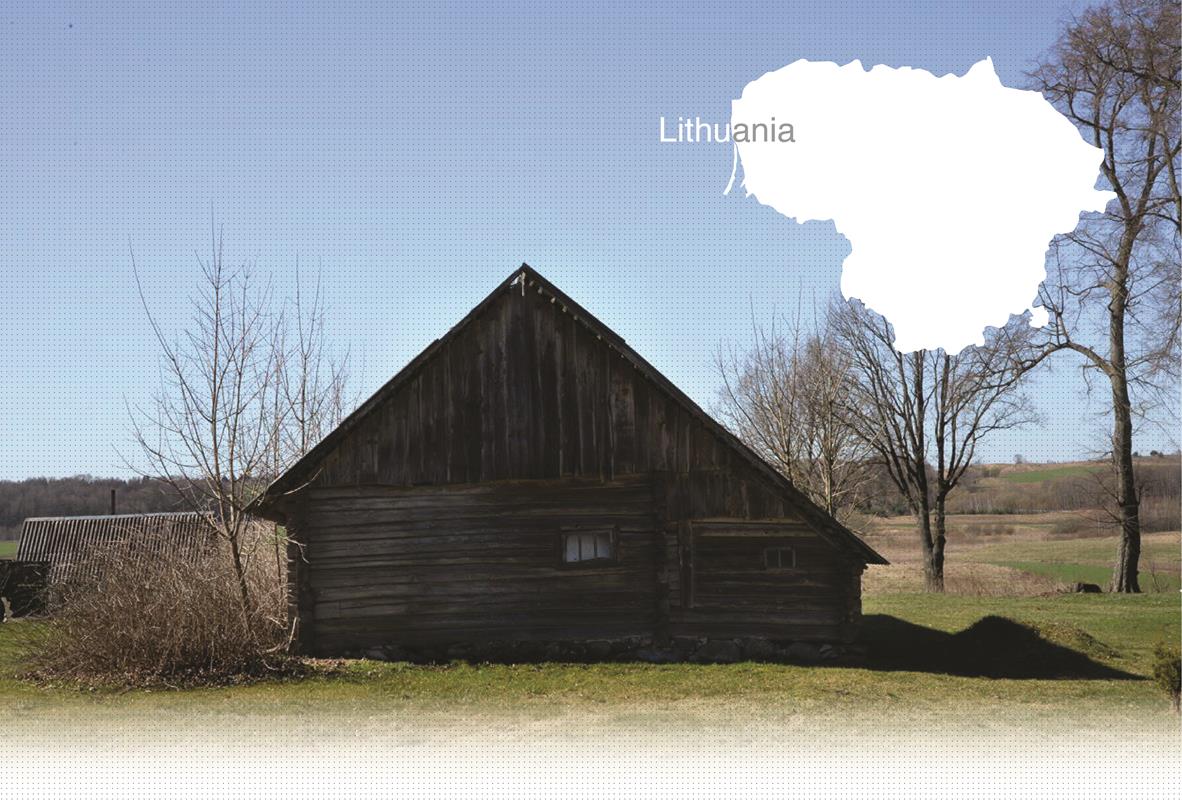

1 Killing site(s)
Eugenija S.: "Whilst I was playing with my friends, we saw a car full of Jews. They stopped at the manor and left bundles with beans there. The Jewish women started to cry and shout. They were told to leave everything as they would be taken to harvest potatoes.
Y.U.: Was there only one truck or many of them?
Eugenija: It wasn’t a truck, they were in a minibus. They were locked inside, then taken to harvest potatoes. The pit was right next to the potato field. The partisans went to meet the bus. When the Jews saw the partisans or the ‘white armbanders’ they understood what was going to happen. After all they were intelligent, educated people. They started to shout and knock on the bus windows. Once they got out of the bus they were immediately executed.
Y.U.: Were they standing or sitting in the bus?
Eugenija: They were all very noisy. Women and children were screaming and shouting. These were not small children, maybe about 13 years old. We didn‘t see any small babies." (Eyewitness N°30, interviewed in Bazilionai, on December 02, 2013).
"I know that in the fall of 1941, I don’t remember the exact date, the Germans executed several hundred Soviet citizens of Jewish origin in the village of Bubiai, where I lived at that time. In the afternoon, about 4 p.m., a truck with Germans came to the farm from Šiauliai. I don’t remember how many there were, but they wore green uniforms and tall caps. Shortly after the arrival of these German soldiers, the trucks with women, men and children of Jewish origin from Šiauliai started to arrive. The Jews were guarded by a local executioner, of Lithuanian nationality and an upper-middle class background. They were armed. Neither the driver, the Jews nor the local executioner was familiar to me. The trucks passed by the farm yard and stopped about a hundred meters away from the pit, in the bushes. The Jews got down from the trucks and undressed. After, they were convoyed to the pit where they were shot…I don’t know how many Jews were shot in Bubiai, but, as far as I remember there were about ten trucks with Jews who were brought here for the shooting." [Deposition of Kazis A., born in 1921, Lithuanian, worked as an assistant in the House of Culture in Bubiai; B162-7263 ]
Bubiai is a small village in Šiauliai region, only a few kilometers from the city. Before the war, there were more than 8000 Jews living in Šiauliai and the Šiauliai region.
The last 500 Jews were shot in clay pits near the village of Bubiai as the usual execution place in Luponiai forest had become too wet due to heavy rainfall. The executions were directed by the German officers, although Lithuanian white armbanders participated as well.
Do you have additional information regarding a village that you would like to share with Yahad ?
Please contact us at contact@yahadinunum.org
or by calling Yahad – In Unum at +33 (0) 1 53 20 13 17